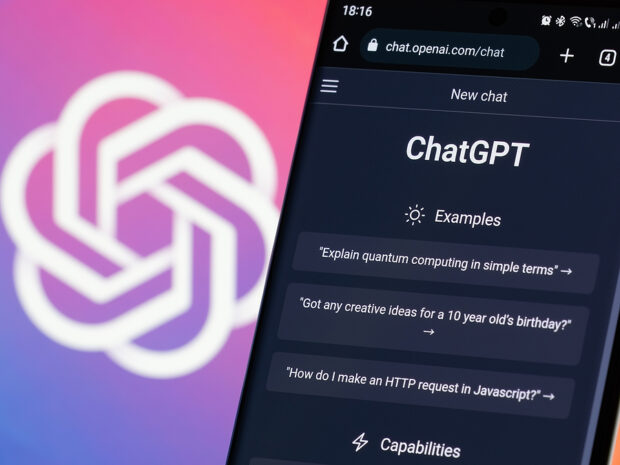Artificial Intelligence (AI) has been a hot topic for the past 10-plus years, enabled by constantly increasing adoption of cloud technologies and modern approaches to data management. Applications of AI range from voice-controlled chat agents, such as Alexa, to more complex ecosystems which can be found in autonomous vehicles.
Executive Summary
Large language models are changing the game for the insurance sector, but before insurers can unlock the power of AI, they need to understand the drawbacks as well as the benefits. Here, John Cottongim of Roots Automation provides some facts about the limitations of ChatGPT and suggests that insurers need insurance-specific large language models. One limitation: Information dates back to 2021. Benefit: Did you ever try reading a site assessment for pollution coverage? Sensitive data and fine-tuning models are other hurdles for insurers.Most recently—thanks to the successful launch of OpenAI’s ChatGPT—Large Language Models have been thrust into the spotlight. While their capability to revolutionize human-AI interactions is significant, it’s crucial to grasp their limitations and drawbacks, especially in the context of the insurance industry.
What is a Large Language Model
A Large Language Model (LLM) is an advanced algorithm that uses AI to read, analyze, organize, predict or generate text based on a deep corpus of written knowledge. In its current state, ChatGPT, for example, understands and can generate natural language responses based on its training on books, Wikipedia articles, websites, code, and literature from across the web.


































